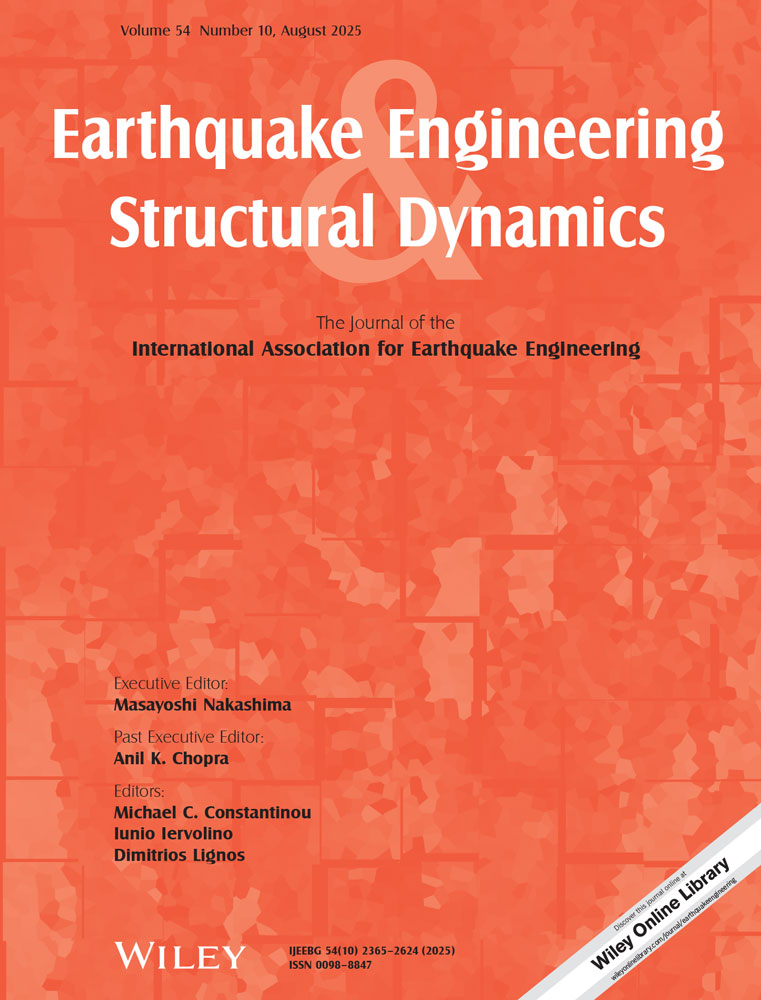Response spectral relationships for rock sites derived from the component attenuation model
Abstract
The seismological model was developed initially from the fundamental relationship between earthquake ground motion properties and the seismic moment generated at the source of the earthquake. Following two decades of continuous seismological research in the United States, seismological models which realistically account for both the source and path effects on the seismic shear waves have been developed and their accuracy rigorously verified (particularly in the long and medium period ranges). An important finding from the seismological research by Atkinson and Boore and their co-investigators is the similarity of the average frequency characteristics of seismic waves generated at the source between the seemingly very different seismic environments of Eastern and Western North America (ENA and WNA, respectively). A generic definition of the average source properties of earthquakes has therefore been postulated, referred to herein as the generic source model.
Further, the generic ‘hard rock’ crustal model which is characteristic of ENA and the generic ‘rock’ crustal model characteristic of WNA have been developed to combine with the generic source model, hence enabling simulations to be made of the important path-related modifications to ground motions arising from different types of crustal rock materials. It has been found that the anelastic contribution to whole path attenuation is consistent between the ENA and WNA models, for earthquake ground motions (response spectral velocities and displacements) in the near and medium fields, indicating that differences in the ENA and WNA motions arise principally from the other forms of path-related modifications, namely the mid-crust amplification and the combined effect of the upper-crust amplification and attenuation, both of which are significant only for the generic WNA ‘rock’ earthquake ground motions.
This paper aims to demonstrate the effective utilization of the latest seismological model, comprising the generic source and crustal models, to develop a response spectral attenuation model for direct engineering applications. The developed attenuation model also comprises a source factor and several crustal (wave-path modification) component factors, and thus has also been termed herein the component attenuation model (CAM). Generic attenuation relationships in CAM, which embrace both ENA and WNA conditions, have been developed using stochastic simulations. The crustal classification of a region outside North America can be based upon regional seismological and geological information. CAM is particularly useful for areas where local strong motion data are lacking for satisfactory empirical modelling. In the companion paper entitled ‘response spectrum modelling for rock sites in low and moderate seismicity regions combining velocity, displacement and acceleration predictions’, the CAM procedure has been incorporated into a response spectrum model which can be used to effectively define the seismic hazard of bedrock sites in low and moderate seismicity regions. This paper and the companion paper constitute the basis of a long-term objective of the authors, to develop and effectively utilize the seismological model for engineering applications worldwide.




